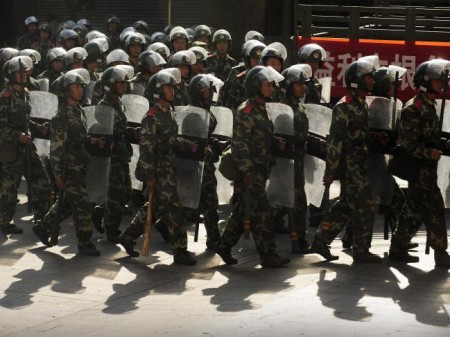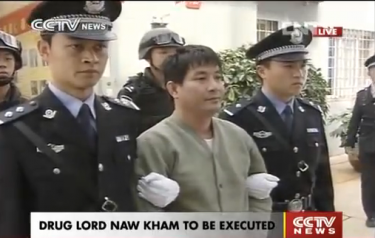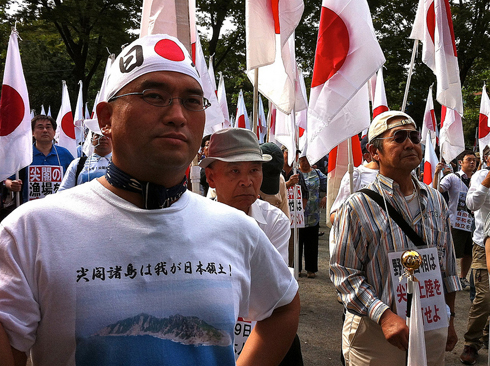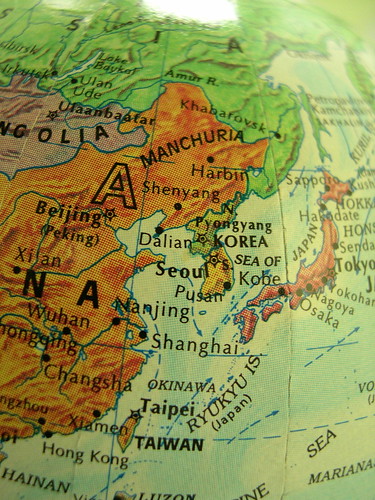
On early Sunday, a reported 3,000 police and security troops surrounded the Chinese village of Shangpu. They fired tear gas, severed communications, shut off the electricity, and removed wrecked vehicles. They cleared off roadblocks that residents had erected. Some 30 to 40 villagers were hurt in fierce fighting. “It’s an extremely serious situation,” one resident told AFP. “They injured many people.”
The incident began in February when villagers fought pitched battles with dozens of thugs sent by Li Baoyu to break up a protest against a seizure of 33 hectares of farmland. Li, the Communist Party chief of the village, had arranged for the land to be transferred to Wanfeng Investment, controlled by businessman Wu Guicun. Wu had planned to build factories making electrical cables.




